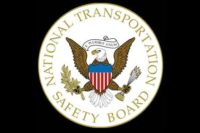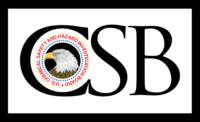 The pilot who survived the crash of Virgin Galactic’s SpaceShipTwo Oct. 31, 2014, in Mojave, California was unaware that the feather braking system had been unlocked early by the copilot.
The pilot who survived the crash of Virgin Galactic’s SpaceShipTwo Oct. 31, 2014, in Mojave, California was unaware that the feather braking system had been unlocked early by the copilot.
That piece of information – obtained during an interview with the pilot last Friday – may help National Transportation Safety Board (NTSB) investigators determine the cause of the accident, which killed the copilot during a test flight conducted by Scaled Composites.
The pilot’s description of the vehicle motion was consistent with other data sources in the investigation, according to the NTSB. He stated that he was extracted from the vehicle as a result of the break-up sequence and unbuckled from his seat at some point before the parachute deployed automatically.
After scouring over a 35-mile debris field in the Mohave Desert, NTSB investigators have concluded their on-scene activities and returned to Washington, D.C., where the recovered SpaceShipTwo wreckage will be examined.
Additionally, recorded information from telemetry, non-volatile memory, and videos are being processed and validated.
The investigative group to further evaluate the vehicle and ground-based videos will convene next week at the NTSB Recorders Laboratory in Washington, D.C.
The systems group continues to review available data for the vehicle’s systems (flight controls, displays, environmental control, etc.) The group is also reviewing design data for the feather system components and the systems safety documentation.
The vehicle performance group continues to examine the aerodynamic and inertial forces that acted on the vehicle during the launch.
Follow the investigation on Twitter at @ntsb, at www.ntsb.gov.

